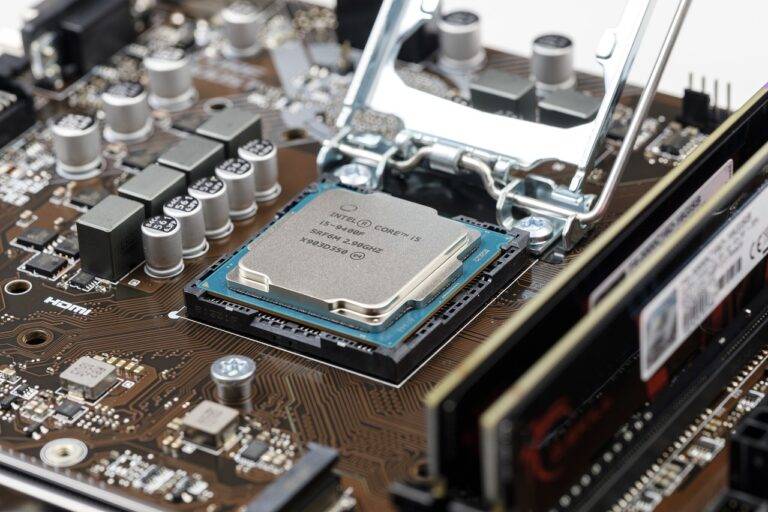Enhancing Cybersecurity with Blockchain-based Identity Verification
Blockchain technology is a decentralized and distributed ledger system that securely records transactions across a network of computers. Each block in the blockchain contains a list of transactions, time stamps, and a unique cryptographic hash, ensuring data integrity and transparency. This innovative technology eliminates the need for intermediaries, such as banks or governments, as transactions are verified by network participants through a consensus mechanism.
The immutability of blockchain data, achieved through cryptographic principles, makes it extremely secure and resistant to tampering or fraud. Transactions on a blockchain are transparent and can be traced back to their origin, enhancing accountability and trust in the system. The potential applications of blockchain technology extend beyond financial transactions to industries such as supply chain management, healthcare, and voting systems, revolutionizing the way data is managed and shared.
Understanding Identity Verification
Identity verification is a crucial process that businesses employ to confirm the identity of their customers or users. This helps in ensuring that individuals are who they claim to be, thus mitigating the risks of fraud and unauthorized access to services or information. By verifying identities, organizations can establish trust with their customers and maintain the security of their platforms.
Various methods are used for identity verification, including knowledge-based authentication, possession-based authentication, and biometric authentication. Knowledge-based authentication involves verifying personal information that only the legitimate user would know, such as passwords or answers to security questions. Possession-based authentication requires users to provide something they possess, like a mobile device for receiving verification codes. Biometric authentication utilizes unique biological characteristics, such as fingerprints or facial features, for identity verification.
Challenges in Traditional Identity Verification Methods
Traditional identity verification methods face numerous challenges in today’s digital age. One major issue is the risk of data breaches and identity theft due to the centralized storage of personal information. With databases being vulnerable to hacking and unauthorized access, individuals’ sensitive data can easily be compromised, leading to potentially harmful consequences.
Moreover, traditional verification processes often lack efficiency and transparency, resulting in delays and inaccuracies. Manual verification methods are time-consuming and cumbersome, requiring individuals to provide various forms of identification and documentation multiple times. This not only inconveniences users but also increases the likelihood of errors in the verification process.
What is blockchain technology?
Blockchain technology is a decentralized and distributed ledger that records transactions across multiple computers in a secure and transparent manner.
How does blockchain technology improve identity verification?
Blockchain technology allows for the secure and efficient verification of identities by providing a tamper-proof record of personal information that can be accessed and verified by authorized parties.
What are some common challenges in traditional identity verification methods?
Some common challenges in traditional identity verification methods include the risk of data breaches, lack of interoperability between systems, and the need for individuals to repeatedly provide sensitive personal information.
How can blockchain technology address these challenges?
Blockchain technology can address these challenges by providing a secure and transparent way to store and verify personal information, reducing the risk of data breaches and improving the efficiency of identity verification processes.





